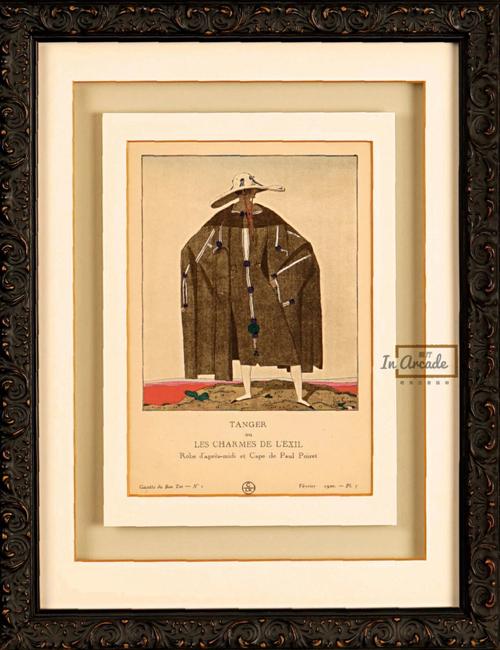Bon Ton Definition: A Comprehensive Guide
Understanding the term “bon ton” can be a fascinating journey into the realms of etiquette, social conduct, and cultural norms. In this detailed exploration, we delve into the definition, origins, and various dimensions of bon ton, providing you with a comprehensive guide to this intriguing concept.
What is Bon Ton?
Bon ton, derived from the French phrase “bon ton,” translates to “good taste” or “correct behavior.” It refers to the set of social conventions and etiquette that govern proper conduct in various social settings. These conventions are often influenced by cultural, historical, and geographical factors.

Origins of Bon Ton
The concept of bon ton has its roots in 18th-century France, where it was used to describe the social etiquette and behavior expected of the upper class. Over time, the term has evolved and spread to different parts of the world, adapting to various cultural contexts.
Dimensions of Bon Ton
Understanding bon ton requires exploring its various dimensions, which include social etiquette, dress code, dining etiquette, and communication norms.
1. Social Etiquette
Social etiquette encompasses the rules and norms that govern interactions between individuals in social settings. This includes greeting conventions, introductions, and appropriate behavior during social gatherings. For instance, knowing how to shake hands properly or how to address someone in a formal setting is essential in maintaining bon ton.

2. Dress Code
The dress code is an integral part of bon ton, as it reflects one’s taste and adherence to social norms. Different social events may require specific attire, such as formal wear for a gala or casual wear for a beach party. Dressing appropriately for the occasion is crucial in maintaining a good impression.
3. Dining Etiquette
Dining etiquette is another critical aspect of bon ton. It involves understanding the proper way to use utensils, how to navigate a menu, and how to behave during a meal. For example, waiting for everyone to be seated before starting to eat or not talking with your mouth full are essential dining etiquette rules.
4. Communication Norms
Communication norms refer to the appropriate way to express oneself in various social contexts. This includes using polite language, avoiding offensive topics, and being attentive to others during conversations. Good communication skills are essential in maintaining bon ton and fostering positive social interactions.
Regional Variations of Bon Ton
Bon ton varies across different regions and cultures, reflecting the unique social norms and values of each community. Here are a few examples:
| Region | Key Aspects of Bon Ton |
|---|---|
| France | Polite and reserved demeanor, emphasis on fashion and culinary arts |
| United States | Informal and friendly interactions, emphasis on personal space and direct communication |
| Japan | Politeness, humility, and respect for others, emphasis on group harmony |
Modern Relevance of Bon Ton
In today’s fast-paced world, the relevance of bon ton may seem outdated to some. However, understanding and practicing good social etiquette can still have several benefits:
-
Improves interpersonal relationships by fostering respect and understanding.
-
Enhances one’s personal brand and professional image.
-
Facilitates smoother social interactions and reduces misunderstandings.
By embracing the principles of bon ton, individuals can navigate social situations with confidence and grace, ultimately contributing to a more harmonious and respectful society.
Conclusion
Bon ton, with its rich history and diverse dimensions, continues to play a significant role in shaping social interactions and cultural norms. By understanding and practicing the principles of bon ton, individuals can enhance their social experiences and contribute to a more polite and respectful world.










